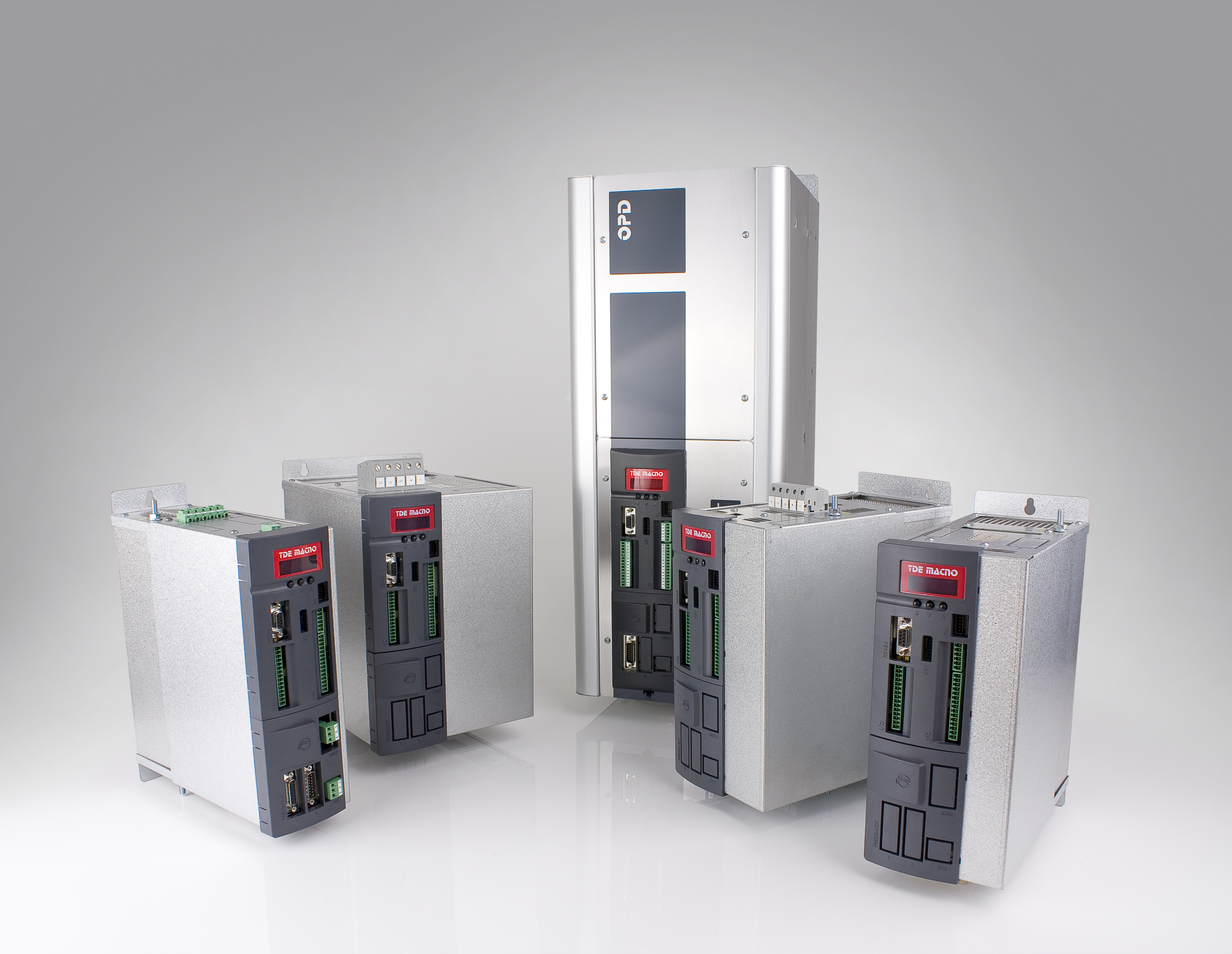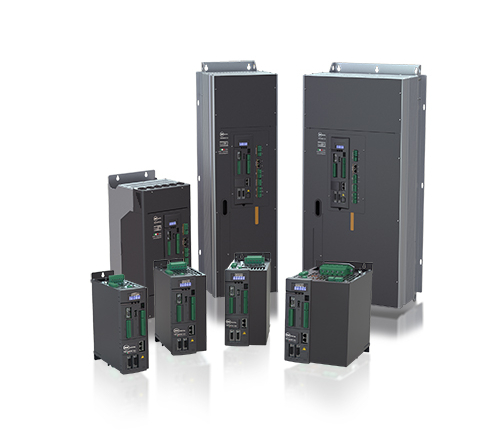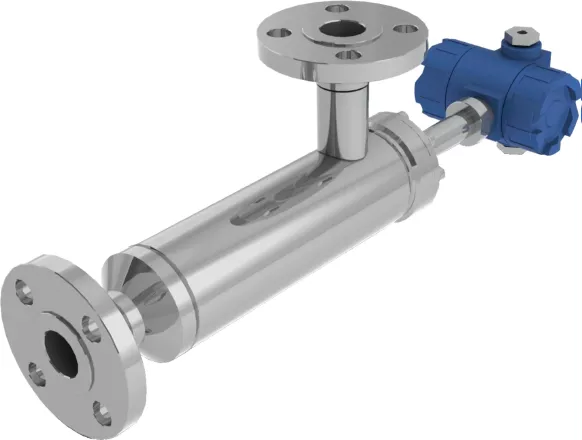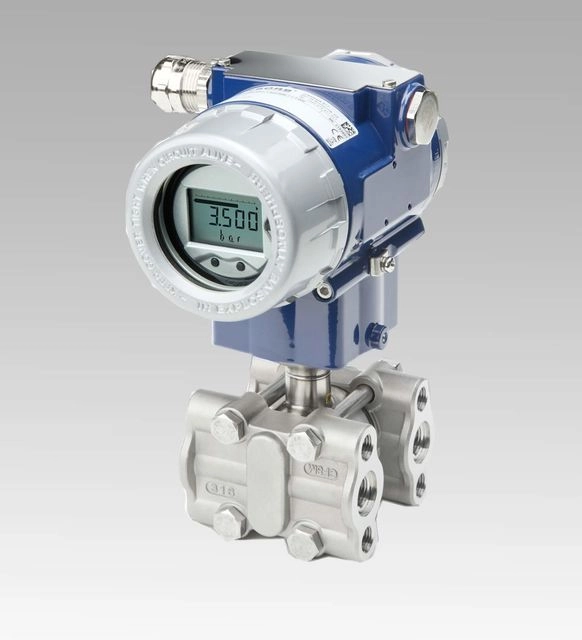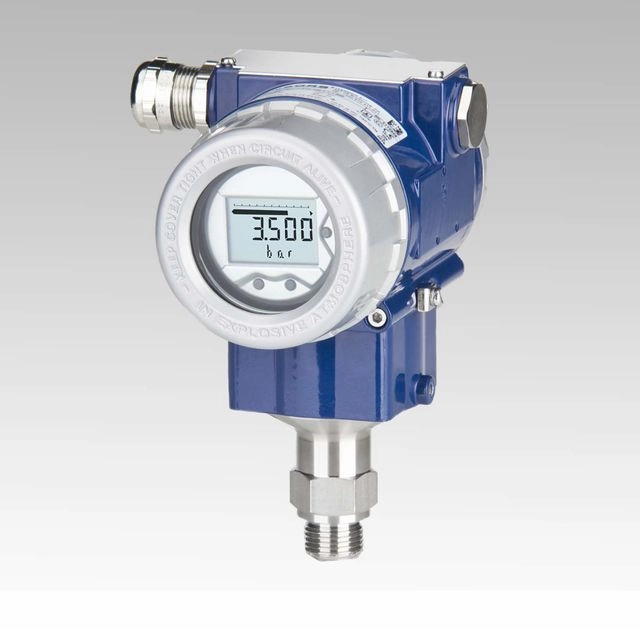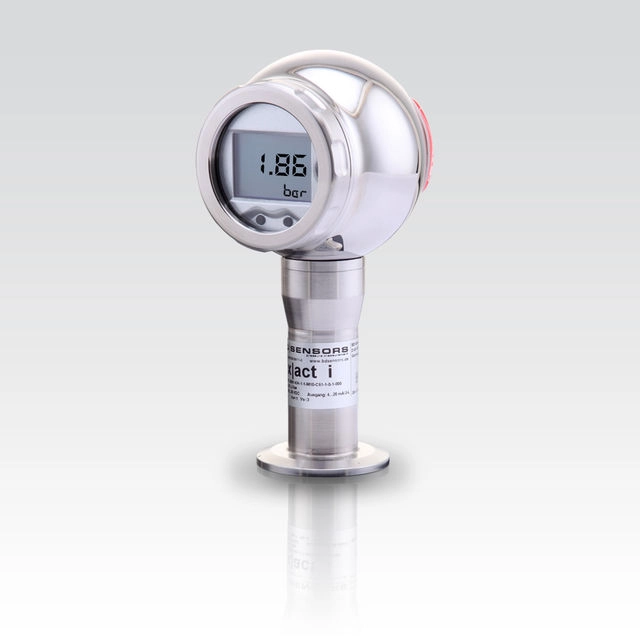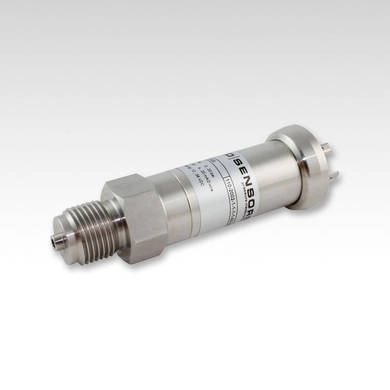AFE - Electric energy recovery units from 1.5 to 1 MW (from 250 kW on request)
Purpose: to convert the braking energy into electricity and transfer it to the contact network.
The Regenerative AC-DC Converter (Active Front End) acts as an AC-DC rectifier with line input voltages L1, L2, L3 and output being the VBUS DC set by the user. The power exchanged with the mains can be in the two directions (absorption or power regeneration), according to the needs of the
load.
The control is made by a voltage loop (VBUS DC) and a current one, that provides sinusoidal current under any condition of load (the part of reactive power can be set by the user). In detail, when setting at zero the part of reactive power exchanged with the mains, only active power is exchanged with the
mains (power factor equal to one).
DESCRIPTION
OpenDrive AC/DC regenerative unit (Active Front End)
Many applications require a quick stop of the motor that releases energy which is usually transformed in heat (dissipation) into the braking resistors.
This excess energy can be returned to the AC line in the form of AC current by means of an AC-DC regenerative unit, commonly called Active Front End (AFE). A.F.E OpenDrive is a pulsed rectifier-regenerative feedback unit comprising an inverter with IGBT modules, admirably suited for regenerating the power back into the line in the form of sinusoidal current.
Thanks to an intelligent conversion system based on IGBT technology, A.F.E OpenDrive guarantees extremely low harmonics: the power drawn from the line supply or fed back into the line supply is in the form of sinusoidal current. The line current is in the active range (power factor (cosФ) = 1) and it can compensate the capacitive or inductive fluctuation of the load.
TECHNICAL DETAILS
- Energy saving
- DC link voltage control that allows to parameterize the drives connected to the same DC bus in the best way, by compensating possible line voltage fluctuations
- Sinusoidal line current (low harmonics)
- Compact sizes and low heat release
- Inductive and capacitive load compensation

